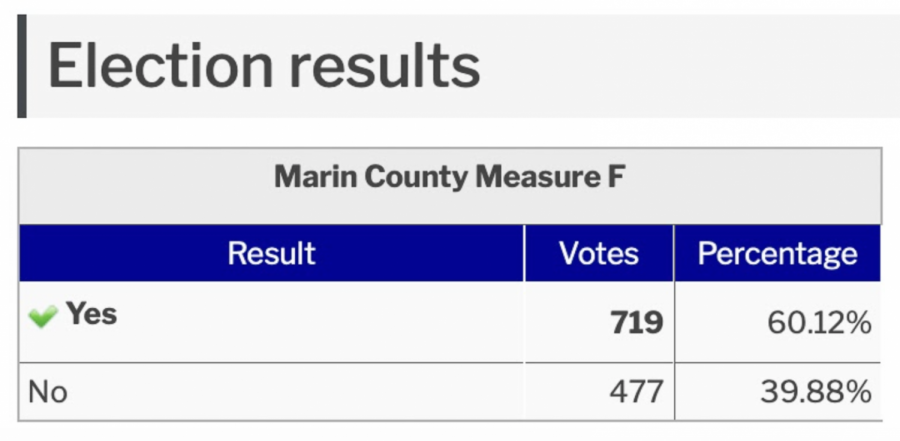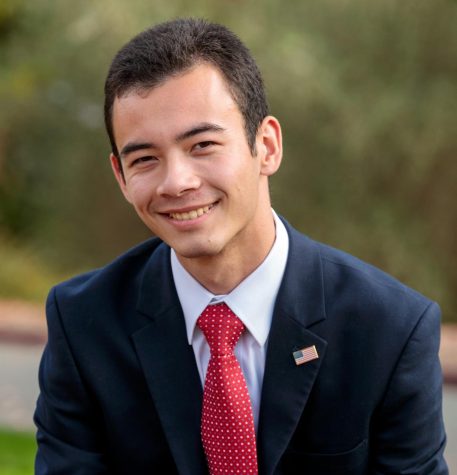Questions remain after Branson applies for enrollment increase
May 8, 2021
In a culmination of a year of preparation after the passage of Measure F, Branson submitted its plan to increase enrollment by a hundred students to the Town of Ross in March, and has since worked with the town on various aspects of the application.
The decision on whether to amend the school’s Use Permit to allow for 420 students instead of the current 320 now rests with the town’s review process and then the Town Council. Branson hopes for a final approval of the amendment by December, which would allow the school to begin phased increases in 2022.
“We don’t want to go another year without an increase in students,” Head of School Chris Mazzola said. “So, we’re going to really push to get it done by next December, but unfortunately that is not in our hands, at all.”
Though the COVID-19 pandemic extensively delayed the effort — by a year, Mazzola said — Branson submitted its application last month. David Hanson, the school’s chief financial and operating officer, said that the town will provide a “completeness determination probably within the next month,” in a process that involves some back-and-forth between town planners and Branson.
The passage of Measure F only increased the maximum allowable enrollment of Ross schools to 420 from 320. For Branson to change its Use Permit-designated capacity of 320 students, it must seek approval of an amendment to the permit, in an effort that has involved extensive neighborhood outreach.
“I think it’s been very thorough,” Fernhill Avenue resident and Branson parent Colby Collet, who receives community updates from the school, said. “And recently, Branson held a neighborhood meeting, where we all met in person outside and discussed issues — things that are on people’s minds.”
Feedback from residents shaped a Transportation Demand Management Plan for the enrollment increase. The plan, completed by a consulting firm in March, pledges various changes to the school’s transportation strategy that could ensure that any increase in enrollment will not increase traffic volume in the neighborhood.
“We spent about six months … creating this TDMP — meeting with neighbors to get their ideas, then bringing it back to them, and letting them critique it and back and forth,” Mazzola said.
The six-point plan provides for various changes to modes of transportation, event management, and community relations. Most prominently, it proscribes parent drop-offs of students on campus during the morning and afternoon commutes and incorporates at least some bus fees into the school tuition.
The plan also calls for increased daily and monthly traffic monitoring; more incentives for walking and biking to school; and the creation of additional remote drop-off spots and a Marin-only bus route in the third year. The plan estimates that traffic to and from the campus will not only remain net-neutral but could even drop below current levels.
Most aspects of the TDMP will go into effect upon the initiation of the enrollment increase, which adds 25 new students yearly over a four-year period. The school will undertake traffic counts annually during that period, then biennially for the following six years.
“I went to a small private high school, so I understand the need to grow and I know that that’s still not a massive increase, but the traffic report, I thought, was effective in alleviating any fears around increased traffic,” Fernhill resident Kelly Wilms said.
Though the TDMP promises to mitigate the traffic impacts of the enrollment increase, the initiative could incur other environmental effects. However, legal counsel obtained by the school has argued that a provision of the California Environmental Quality Act, Guideline 15314, exempts a full review.
“From the case law, it is clear that the key in applying this exemption is analyzing a school’s required change in capacity,” a letter by attorney Riley F. Hurd III, whose office represents the school, reads. “Branson already has the physical capacity to accommodate 100 additional students, and no capacity changes are needed at the campus as a result of the enrollment increase.”
School administrators still harbor concerns that the exemption might not pass muster, leading to an environmental impact report that could protract an already delayed project. “What hangs in the balance is the CEQA,” Mazzola said, adding that a rejected exemption could delay the enrollment increase past 2022.
Branson officials said they haven’t confirmed organized opposition to their latest moves. Residents said that they have concerns about the increase’s impacts, but have noticed the school’s recent efforts.
“I think they’re working very hard; the problem is [that] the traffic in this area is bigger than Branson,” Amy Schaeffer, who has lived on Fernhill for a year, said. “This morning I went for a walk, my regular walk, and I saw some teachers out with signs for the morning traffic, which I thought was a really great start.”
Chad Taylor, another Fernhill resident, commended the school’s outreach efforts. He said that the school had largely addressed traffic concerns, but that he also had concerns over whether the town would allow improvements to pedestrian safety.
“It’s more of a safety issue for people biking and walking to and from school, and the school has also seemed to be very open and willing to finance any changes that need to be made to maintain that safety over the students, and neighbors in general, too.”




